You can contact LEARNZ, part of CORE Education, at:
Postal Address:
PO Box 13 678,
Christchurch 8141,
New Zealand
<- Homepage: Marine Reserves: Exploring Kapiti
Kia ora koutou
Today we went to Kāpiti Island. The ambassadors and I got a ride over on the ferry with Kāpiti Island Nature Tours. Sea conditions weren’t too bad, and the sun was shining – a good start to the day!
Biosecurity check
We had to go through a biosecurity check before the ferry ride and again when we got to Kāpiti Island. The island is a predator-free bird sanctuary, so checking your gear for pests such as rodents, insects, skinks etc is important. Your footwear and gear must be clean and free of soil and seeds. Find out more about island biosecurity here - https://www.doc.govt.nz/parks-and-recreation/know-before-you-go/visiting.... You might also like to watch this video about island biosecurity and quarantine - https://www.youtube.com/watch?time_continue=5&v=yXNOpfW7PPQ.
Web conference
After the biosecurity check we had our first field trip web conference. This took place at ‘The Whare’. This is the oldest building on Kapiti Island, and the oldest building associated with nature conservation in New Zealand.
Ben Knight was our web conference expert. We also had Manaaki Barrett from Kāpiti Island Nature Tours on hand to answer questions. We had a good range of questions. At times it was hard to focus on the discussion because the birdsong was so loud! If you missed the live web conference you can access the recording.
More from Manaaki
After the web conference we had another kōrero with Manaaki. He is part of the whānau that privately own some of Kāpiti Island. Manaaki shared some of the Island’s varied history. Watch the video to find out more about this history. You can also read more on the DOC website - https://www.doc.govt.nz/parks-and-recreation/places-to-go/wellington-kap... and on the Kāpiti Island Nature Tours website - https://www.kapitiisland.com/kapiti-island/about-the-island.
More about Marine Reserves
I was itching to get into the water. But I also wanted to hear from Ben about the value of marine reserves. He gives a great overview of marine reserve benefits that you can find out more about in today’s second video. Ben also talked to me about a ‘mystery fish’ discovered in the Kāpiti Marine Reserve. It is an interesting story because, as Ben says, the sighting highlights the biodiversity values that Kāpiti Marine Reserve protects. Read more about the mystery fish and see a video of it here - https://www.tvnz.co.nz/one-news/new-zealand/mystery-fish-found-near-well....
In the third video, Ben explains several ways to know if you are in a marine reserve or not. There is signage in various places, markers on the shore that you can line up to see where boundaries are, and information on websites such as DOC’s Marine Reserves A-Z https://www.doc.govt.nz/marinereserves. If you click on the marine reserve you want to find out more about, there are maps which clearly show where the marine reserve is. Of interest to me was an app called Marine Mate. I had never heard of this app before but after today I’ll be downloading it onto my phone. You can find out more about Marine Mate here - https://www.waikatoregion.govt.nz/services/regional-services/navigation-....
Kāpiti Island also has a time-lapse webcam. This is a great tool to use for monitoring what activity is happening inside the reserve. Check out the webcam here - https://www.groundtruth.co.nz/kapiti-marine-reserve-webcam. You can also read more about the web cam here - https://www.doc.govt.nz/news/media-releases/2018/web-camera-has-kapiti-m....
Let’s go snorkelling!
It was finally time to go snorkelling. This is one of the great activities to do in a marine reserve. No-take marine reserves give you an idea of what the marine environment once looked like before human interference. I was a bit worried about the water temperature but once I was in the water it wasn’t too bad! The visibility today wasn’t great but I still enjoyed the experience and I managed to get some photos of fish I saw. Make sure you check out the video. But most of all I encourage you to get out and under the waves to enjoy your own local marine reserve or marine environment. Just make sure you stay safe out there!
Catch you tomorrow,
Andrew
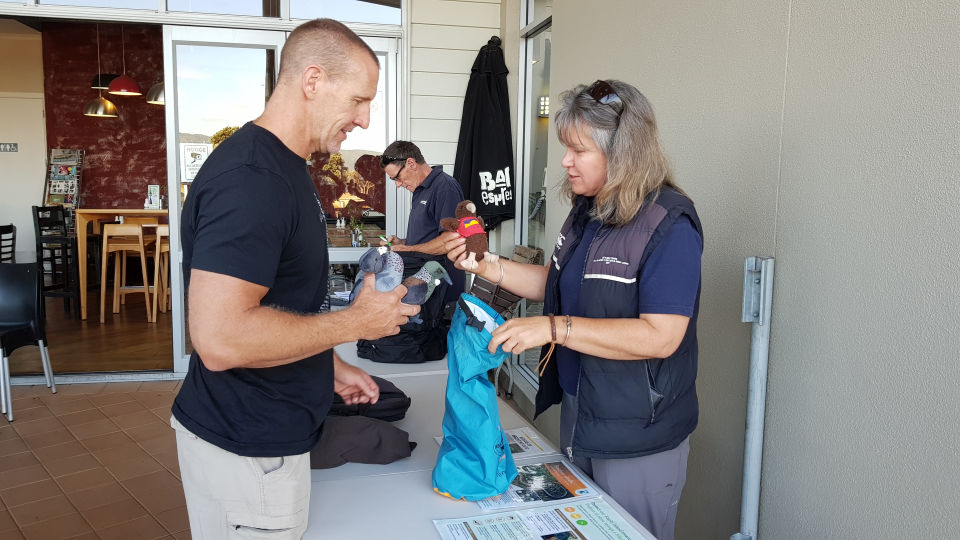
The first biosecurity check before boarding the ferry to Kāpiti Island. Why are biosecurity checks important? What sorts of things are they looking for? Image: Shelley Hersey, LEARNZ.
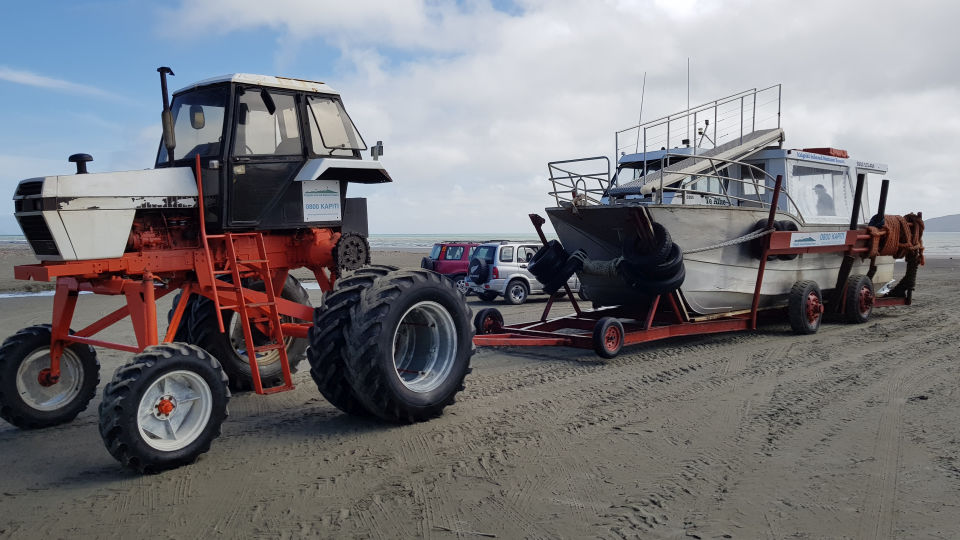
Kāpiti Island Nature Tours have some serious machines to get you on the water and over to the island! Image: Andrew Penny, LEARNZ.
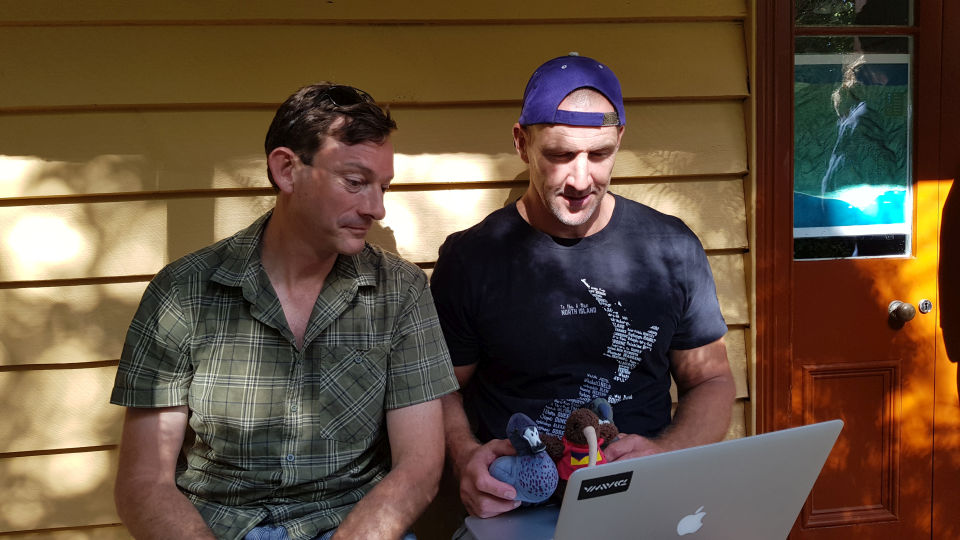
Ben Knight and Andrew with the ambassadors on this morning's web conference. Image: Andrew Penny, LEARNZ.

Andrew with Manaaki Barrett from Kāpiti Island Nature Tours. Image: Shelley Hersey, LEARNZ.

When these yellow markers line up, what do you think they tell you? Image: Andrew Penny, LEARNZ.

Andrew and Ben give the OK signal before heading out into the reserve for a snorkel. Image: Shelley Hersey, LEARNZ.
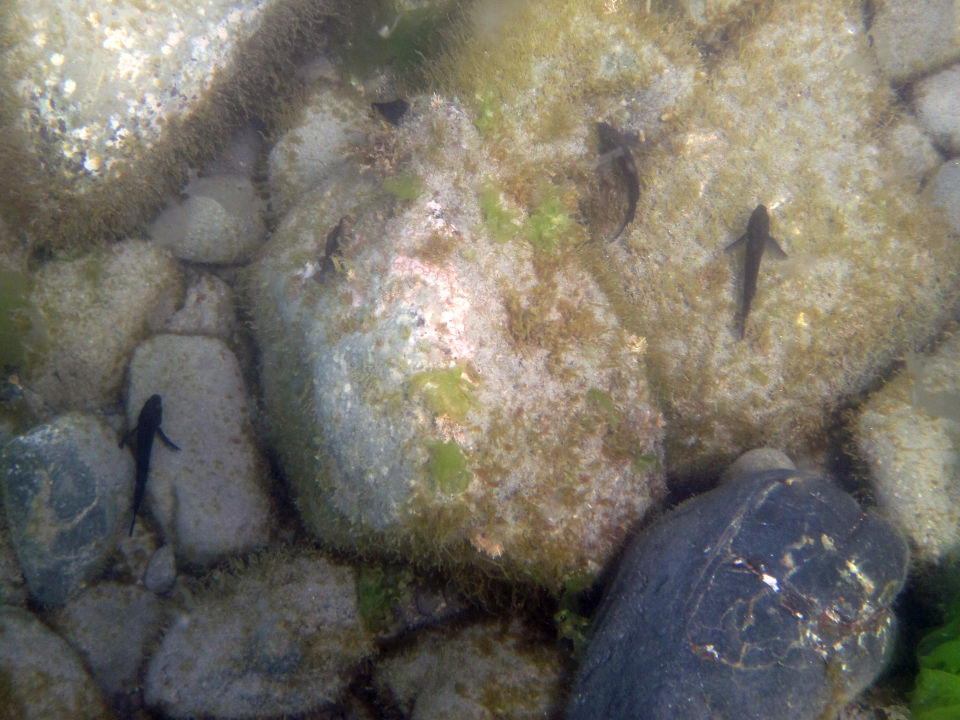
The first fish seen were these cute little tripplefins. Image: Andrew Penny, LEARNZ.
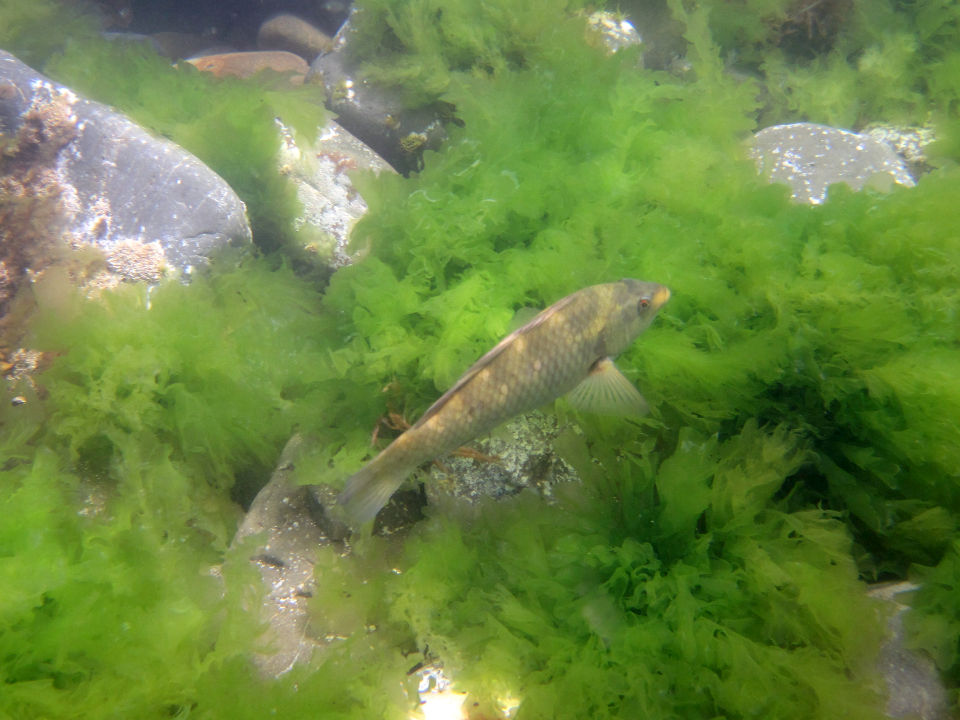
This banded wrasse stood out against the brightly coloured sea lettuce. I wonder if you can eat sea lettuce. Image: Andrew Penny, LEARNZ.
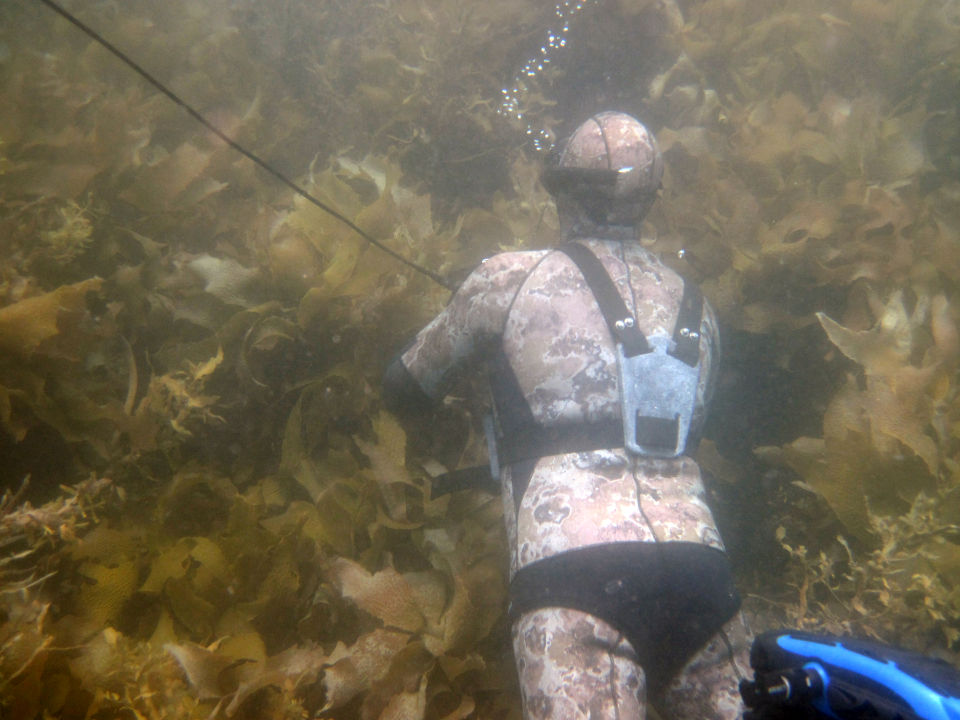
Ben dives down for a closer look. What helps him to sink down? Image: Andrew Penny, LEARNZ.
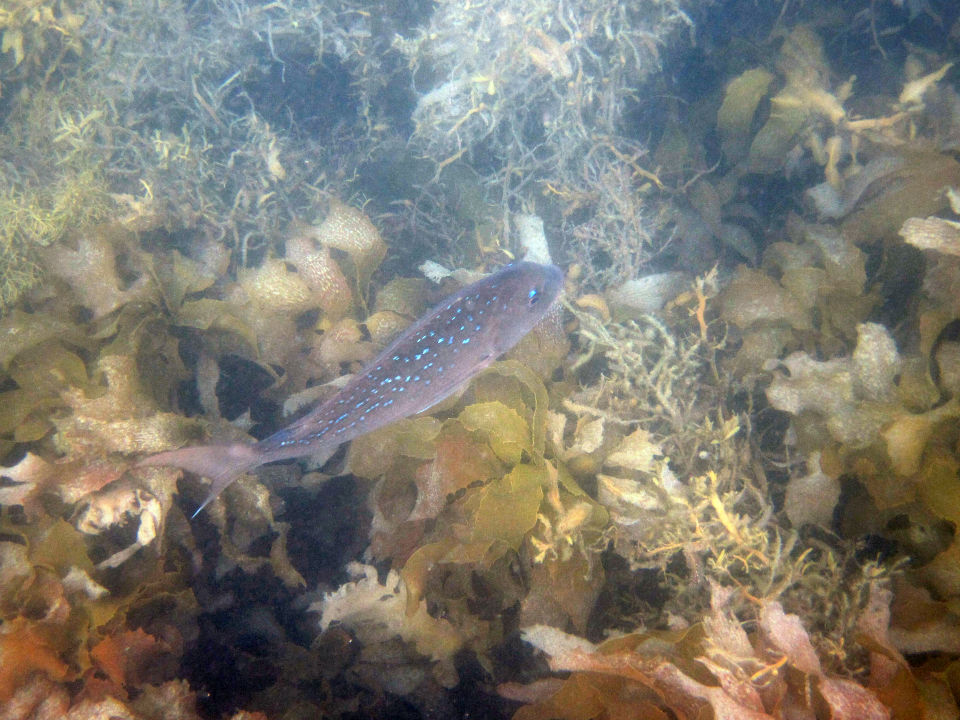
A snapper lurks in the murky shadows. Do you think there are others nearby? Image: Andrew Penny, LEARNZ.
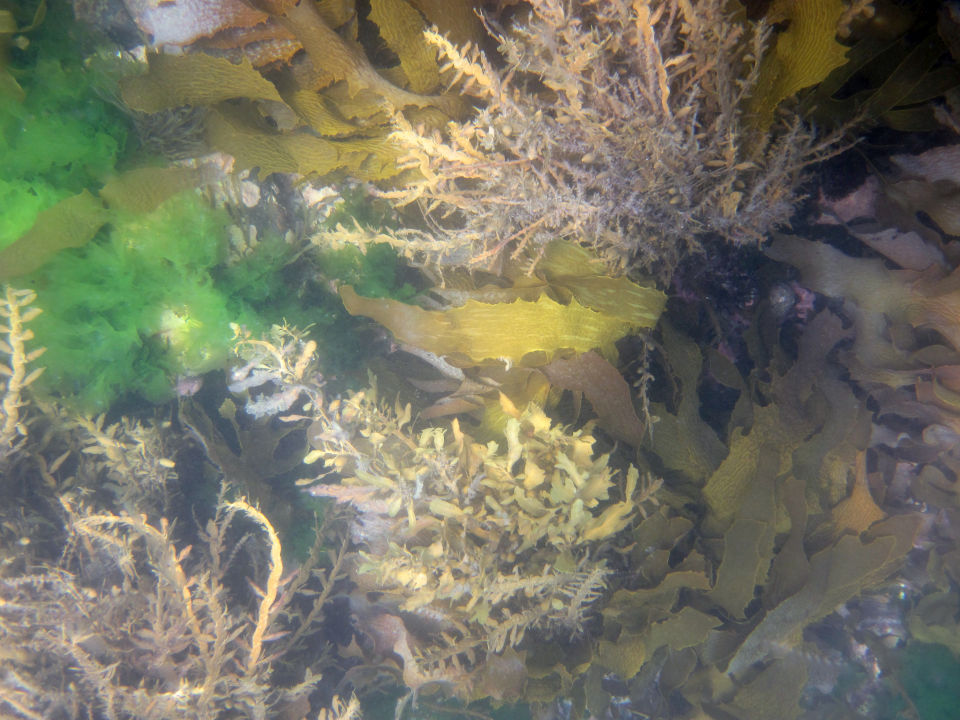
The palette of colours these seaweeds provide is awesome. Ideas for an art project anyone? Image: Andrew Penny, LEARNZ.
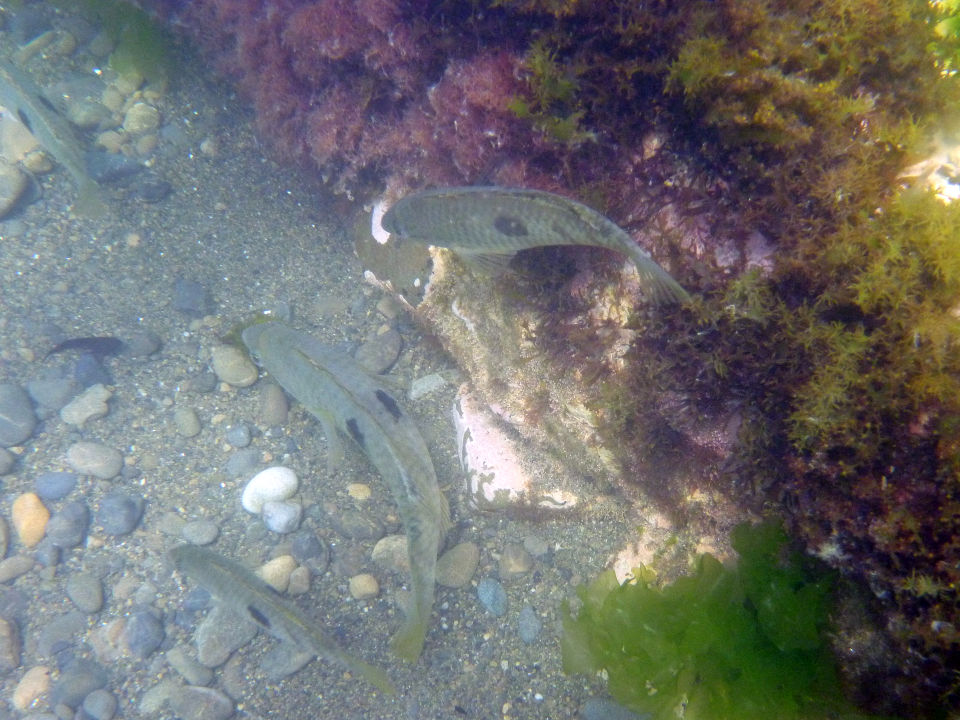
These spottys weren't camera shy at all! Image: Andrew Penny, LEARNZ.